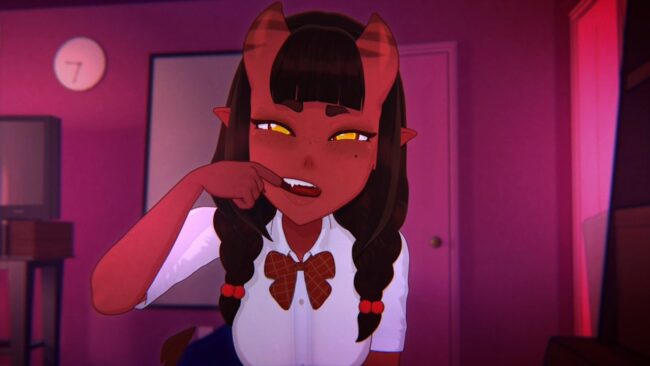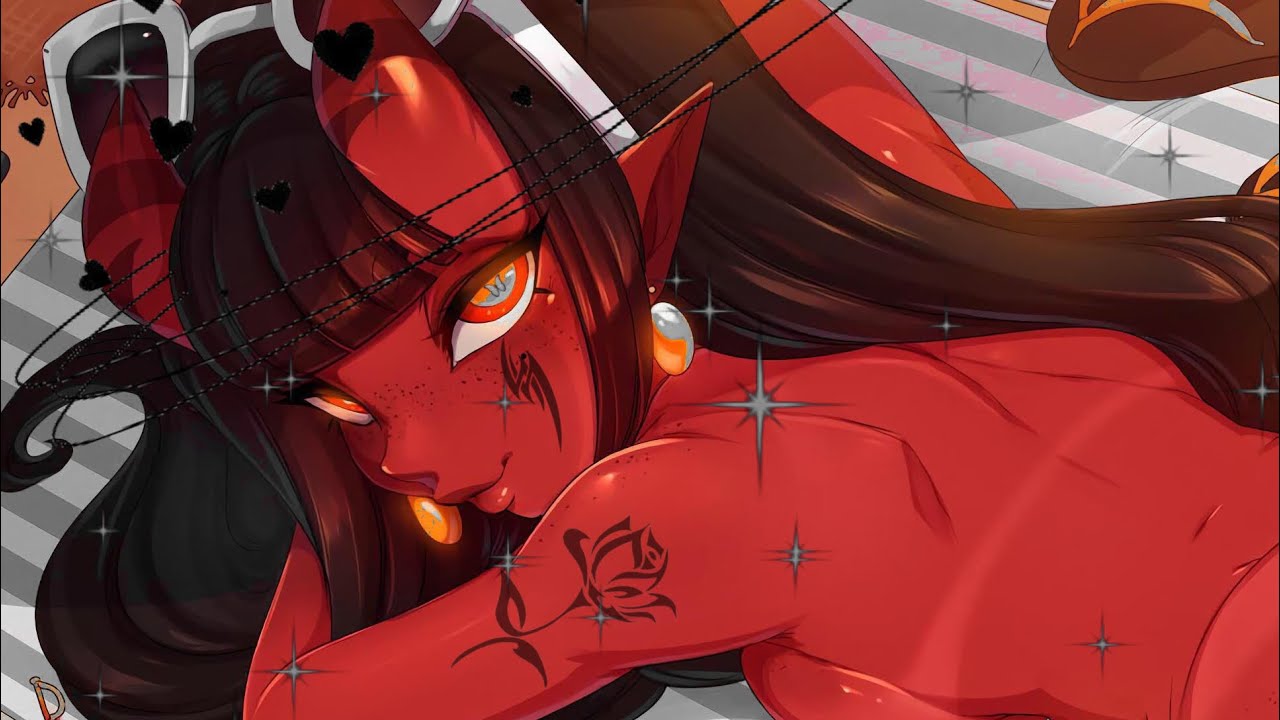Succubi have long fascinated storytellers and audiences alike, embodying temptation, power, and mystery. Among the many incarnations of this archetyp
Succubi have long fascinated storytellers and audiences alike, embodying temptation, power, and mystery. Among the many incarnations of this archetype, Meru the Succubus has emerged as a standout figure in modern fantasy and supernatural fiction. Blending ancient demonology with contemporary character development, Meru captures the imagination with her complex personality, striking design, and intriguing abilities. This article delves into who Meru is, her origins, powers, personality traits, symbolism, and her cultural significance today.
Must visit: tradeinfinite

The Succubus Myth: A Brief Overview
Succubi, traditionally, are female demons who seduce men, often draining their life force or spiritual energy. The concept dates back to medieval European folklore but resonates with mythological figures across cultures, such as the Mesopotamian Lilitu or the Japanese Yuki-onna. Historically, succubi were feared as embodiments of temptation and moral danger.
However, modern depictions of succubi have evolved. They are no longer merely malevolent spirits but multi-dimensional characters who navigate complex emotions and motivations. Meru the Succubus exemplifies this evolution by portraying a character who is both powerful and introspective.
Who is Meru the Succubus?
Meru is a fictional succubus character popularized in various fantasy media, including anime, video games, fan fiction, and art communities. She is characterized by her seductive charm, supernatural powers, and a personality that balances playfulness with vulnerability.
Unlike traditional succubi who are often portrayed as evil or purely manipulative, Meru is depicted with emotional depth. She struggles with her identity as a demon and her desire for genuine connection, making her a relatable and empathetic figure.
Physical Appearance and Iconography
Meru’s design incorporates classic succubus traits while adding unique touches that make her instantly recognizable:
- Horns: Small, curved horns that hint at her demonic heritage without overwhelming her appearance.
- Wings: Bat-like wings that symbolize her supernatural nature and enable flight.
- Tail: A slender tail ending in a heart or spade shape, often used expressively.
- Eyes: Large, expressive eyes that convey a wide emotional range, often glowing in striking colors.
- Attire: A blend of gothic and fantasy styles, featuring corsets, lace, leather, and magical accessories.
This combination of traits conveys both danger and allure, encapsulating the succubus archetype in a modern fantasy form.
Powers and Abilities
Meru’s powers build upon traditional succubus lore but are often expanded for narrative richness:
- Seduction: She can captivate and manipulate others’ emotions and desires through her presence, voice, and gestures.
- Dreamwalking: Meru can enter and influence dreams, communicating or feeding on dream energy.
- Energy Drain: A classic succubus ability allowing her to absorb life or spiritual energy, often portrayed with ethical nuances.
- Shape-shifting: She can alter her appearance for disguise, emotional expression, or combat.
- Magic: Meru often wields magical abilities like illusions, elemental control, or protective wards.
These powers make her a dynamic character who can be nurturing or dangerous depending on the story.
Personality Traits and Depth
Meru’s appeal lies in her multifaceted personality:
- Playful and Mischievous: She enjoys teasing others, using humor to create bonds or deflect attention.
- Curious: Fascinated by human emotions and behavior, she often seeks to understand rather than exploit.
- Empathetic: Meru can form genuine emotional connections, revealing a softer side.
- Conflicted: She wrestles with her dual identity as a demon and a being capable of love and friendship.
- Independent: Meru values freedom and self-expression, resisting control or simple categorization.
This complex personality challenges the traditional one-dimensional depiction of succubi.
Symbolism and Themes
Meru embodies several symbolic themes relevant to modern audiences:
1. Duality
She represents the tension between light and dark, desire and restraint, demon and soul—a metaphor for internal human conflicts.
2. Desire and Connection
Meru explores the nature of desire as both a creative and destructive force, highlighting the human need for intimacy.
3. Isolation and Belonging
Her stories often focus on loneliness and the search for acceptance beyond appearances and labels.
4. Power and Vulnerability
Meru’s seductive power is balanced by emotional fragility, offering a nuanced portrayal of strength.
Meru in Popular Culture
Meru’s popularity extends across various media and fan communities:
- Anime and Manga: She appears in stories centered on supernatural beings, romance, and fantasy.
- Video Games: Meru is featured as a character with unique abilities and storylines, often in RPGs or fantasy titles.
- Fan Art and Fiction: Artists and writers create expanded narratives and visuals that deepen her lore.
- Cosplay: Her distinctive look makes her a favorite subject for cosplay enthusiasts.
These diverse appearances underline her broad appeal.
Frequently Asked Questions (FAQs)
1. Is Meru based on an ancient myth?
Meru is inspired by the succubus archetype but is a contemporary fictional character with original elements.
2. What are Meru’s main powers?
Seduction, dreamwalking, energy drain, shapeshifting, and magic are typical powers.
3. Is Meru always an antagonist?
No, she is often portrayed with moral complexity, sometimes an antagonist, sometimes an ally or protagonist.
4. Where can I find stories about Meru?
She appears in anime, games, fan fiction, and online art communities.
5. What themes does Meru’s story explore?
Identity, desire, loneliness, connection, power, and vulnerability.
6. Why is Meru popular among fans?
Her layered personality, evocative design, and relatable struggles make her beloved.
The Future of Meru the Succubus
Meru’s character continues to evolve with growing fan engagement and creative storytelling:
- Expanded Storylines: More detailed origin stories, relationships, and inner conflicts.
- New Powers: Exploration of new magical abilities and personal growth.
- Cross-Genre Adaptations: Featuring in horror, romance, comedy, and action genres.
- Social Relevance: Addressing themes like identity, empowerment, and acceptance.
Her evolution ensures that Meru will remain a vibrant figure in fantasy culture.
Conclusion
Meru the Succubus redefines the classic demon archetype by merging supernatural allure with emotional complexity. She challenges traditional notions of good and evil, embodying themes that resonate with modern audiences. Through her seductive charm, powerful abilities, and heartfelt struggles, Meru has secured her place as a memorable and beloved character in the fantasy genre.




COMMENTS